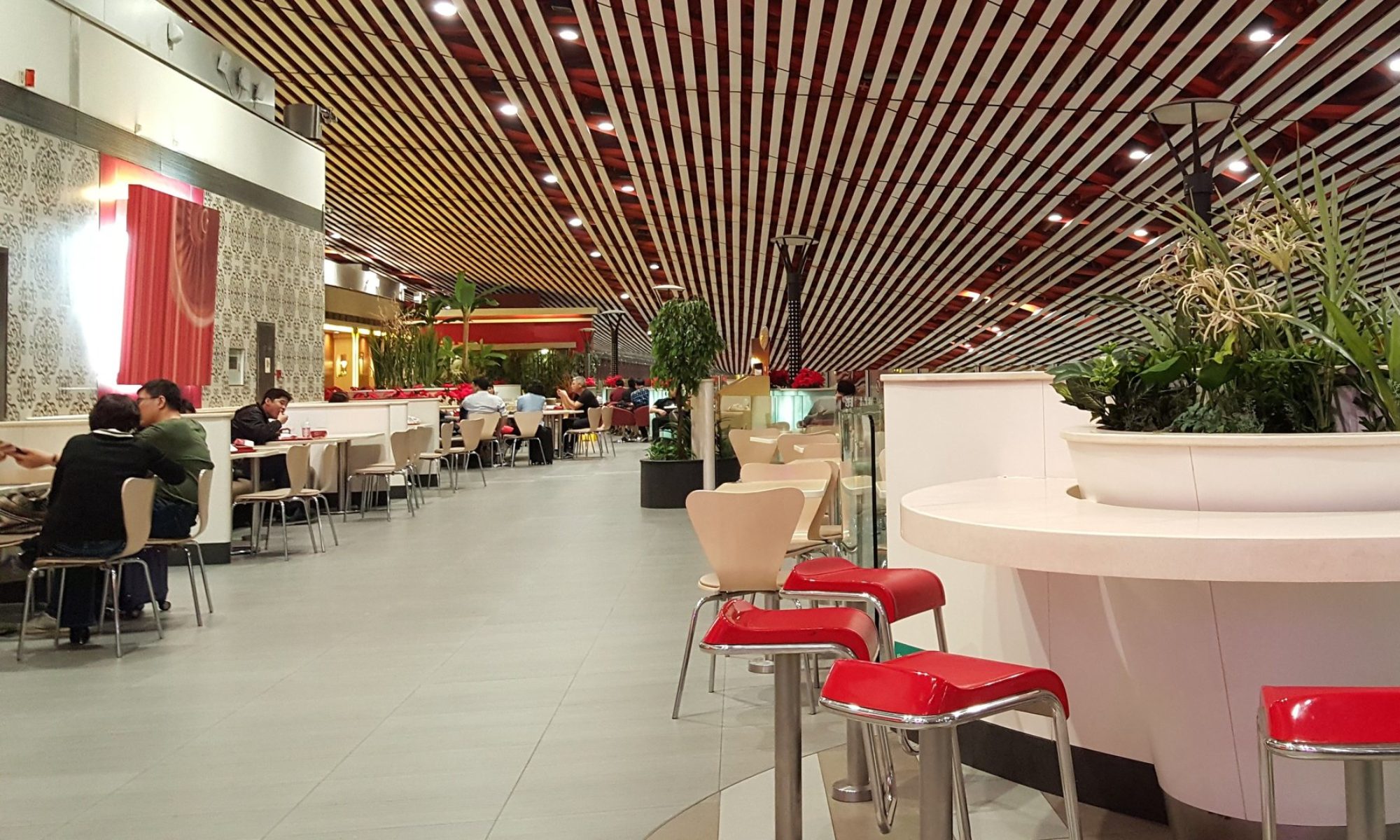 The city is planning to phase out the existing shops at Midway and replace them with 70 new retail brands by 2020.
The city is planning to phase out the existing shops at Midway and replace them with 70 new retail brands by 2020.
Renowned New York toy store FAO Schwarz will join a revamp of the Midway Airport shopping concourse that’s on track to bring 70 new retail brands to the airport by 2020.
FAO Schwarz applied for a permit to add a store sign in the airport, according to city buildings department records. A city spokesperson confirmed the lease Monday but did not say how much space the store would take inside the city’s junior airport.
FAO Schwarz opened a 20,000-foot store earlier this year in Manhattan’s Rockefeller Plaza, nearly three years after its parent company, Toys “R” Us, closed the flagship location on Fifth Avenue because of rising rents.
Local 0fficials touted the first phase of Midway’s retail makeover this summer, when the airport opened a 15,000-square-foot food hall with a Billy Goat Tavern and a Big & Little’s, a popular Asian-Mexican fusion restaurant based in Chicago. A Coach handbag store, Tumi suitcases and Kiehls cosmetics shop will also open in the airport over the next year or so.
The city has hired New Jersey-based Hudson Group, London-based SSP and Vancouver-based Vantage Airport Group to help phase out and replace existing shops and restaurants at Midway. The companies will aim to strike a balance between out-of-town names like FAO Schwarz and “authentic local brands” like Big & Little’s, officials said.
“We’re seeing from feedback that passengers want more things that look like Chicago, to give them a sense of place,” city aviation department spokesperson Lauren Huffman said. “But they also want some of those bigger household brands that they’re already familiar with.”
The reshuffle coincides with the construction of a $104 million new security concourse set to be completed at the airport in late 2019 or early 2020.
Meanwhile, officials are paring down the list of architects who are vying to oversee the city’s planned $8.7 billion expansion of O’Hare Airport, where dozens of new gates and a new hotel are expected to be added by 2026.
Source: The Real Deal. Chicago


 Princess Juliana International Airport (PJIA) officially turned 75 years old on December 3, 2018, and the managing board plans not only to restore the beauty of the terminal building but that operations will be transferred temporarily into the terminal building in time for the peak of the tourist season.
Princess Juliana International Airport (PJIA) officially turned 75 years old on December 3, 2018, and the managing board plans not only to restore the beauty of the terminal building but that operations will be transferred temporarily into the terminal building in time for the peak of the tourist season. Over a dozen global airport operators are interested in the thirty-year concession of Podgorica and Tivat airports, Montenegro’s Minister for Transport and Maritime Affairs, Osman Nurković, has said. The future concessionaire will be obligated to make a minimum one-off payment of 100 million euros to the Montenegrin government and will be required to invest at least 85 million euros into the two airports, which are being offered to investors as part of a single package. The yearly concession fee will total 10% of gross annual income. «We have drafted the concession agreement, which is to be adopted by the cabinet shortly, after which we will commence tender procedures. We anticipate strong interest from investors».
Over a dozen global airport operators are interested in the thirty-year concession of Podgorica and Tivat airports, Montenegro’s Minister for Transport and Maritime Affairs, Osman Nurković, has said. The future concessionaire will be obligated to make a minimum one-off payment of 100 million euros to the Montenegrin government and will be required to invest at least 85 million euros into the two airports, which are being offered to investors as part of a single package. The yearly concession fee will total 10% of gross annual income. «We have drafted the concession agreement, which is to be adopted by the cabinet shortly, after which we will commence tender procedures. We anticipate strong interest from investors».